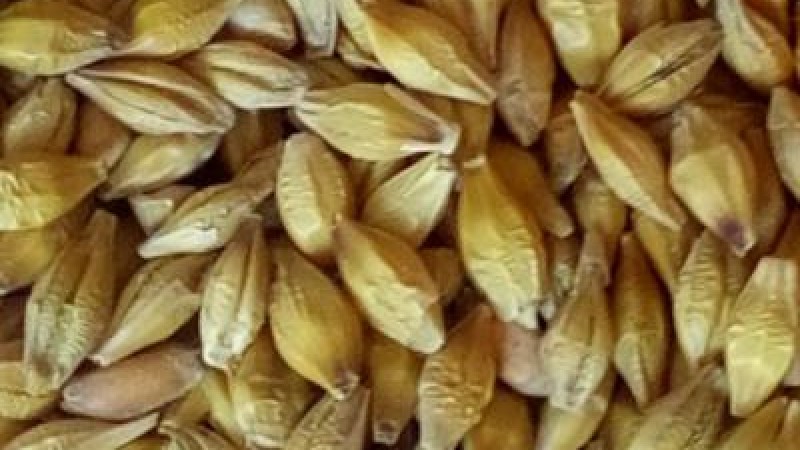Barley: Sliding on a sluggish export trajectory
December 22, 2017 at 3:18 PM ,
Starry Night Ltd.

BULGARIA. Tougher regional competition, which in consecutive years has slowed down export activities; lower realized margins, resulting from exerted pressure on prices by buyers from early in the season; and higher ending stocks are all key factors that influence the medium-term cultivation strategies for barley. According to the Ministry of Agriculture, by the 14th of December 2017, estimates of sowed land with the crop reached 109,800 ha or by 16.6% lower planted acreages on a yearly basis. Barley has definitely lost prominence among local farmers, giving way to more profitable grains!
Barley: cutting acreages will not miss the export mark
Sometimes, it is wiser to duck to succeed in the medium-term rather than standing tall and fall to pieces in the short-term. Indeed, monitoring the market sentiments during the last few years, local market players quite well understood that barley does not command the same export potential as rapeseed and wheat do, for instance - international markets’ demand for the latter two locally cultivated grains has been unquenched.
|
Harvest 2017-18 (01.07.2017 - 15.12.2017) units in MT |
|
|
Beginning availability |
22,000 |
|
Aggregate output |
633,393 |
|
Imports |
247 |
|
Domestic consumption |
144,000 |
|
beer production |
36,000 |
|
feed |
108,000 |
|
Exports to the world |
262,069 |
|
to EU markets |
234,332 |
|
to rest of the world |
27,737 |
Source: Bulgarian Ministry of Agriculture
Strategically cutting down on acreages, thus reducing aggregate output, farmers will affect the supply side economics of the crop, but the result will not lead to a drastic loss of foreign market positions since Bulgaria could not compete on markets outside the EU with regional market player such as Russia and Ukraine and preserve those positions in the medium-term, let alone the longer one. By reducing planted acreages, and thus directly influencing the production potential of the crop, farmers will ensure a complete buyout early in the season, at prices that they might see increasing because of lower availability. However, the latter assumption is yet to be tested! One thing is certain, the country expects a lower output for next season, ceteris paribus.





